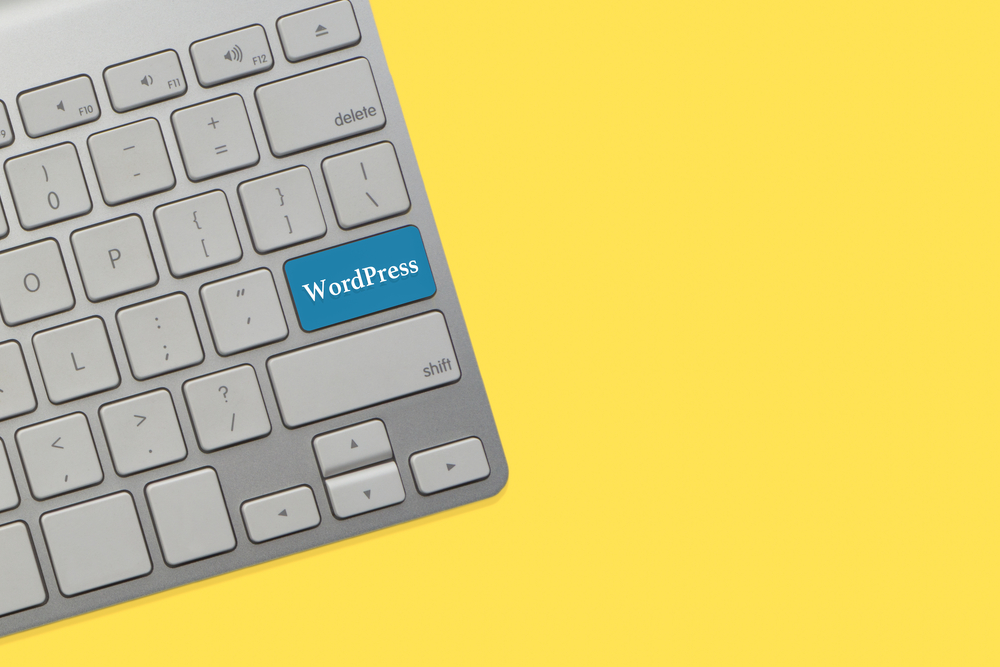
Introduction
WordPress is undoubtedly one of the most popular content management systems (CMS) available today. With its user-friendly interface, vast plugin library, and flexibility, it is no wonder that millions of websites across the world are powered by WordPress. However, despite its simplicity, mastering WordPress customization and maintenance can be a daunting task for beginners. In this article, we will provide expert tips to help you become a pro at WordPress (the blogging platform) customization and maintenance.
Understanding WordPress Themes
One of the first steps in customizing your WordPress website is choosing a suitable theme. Themes dictate the overall design and layout of your website. WordPress (the platform for bloggers) offers a vast array of free and premium themes to choose from. When selecting a theme, it is essential to consider factors such as responsiveness, speed, and customization options. Opt for a responsive theme to ensure your website looks great on all devices and choose a lightweight theme that won't slow down your site's performance.
Customizing Your WordPress (or WP) Theme
Once you have chosen a theme, it's time to customize it to make it truly unique. WordPress (WP) offers an intuitive theme customizer that allows you to modify various aspects of your website's appearance. You can change colors, fonts, header layouts, and much more without writing a single line of code. Additionally, many themes offer their own customization options through the theme settings panel. Take the time to explore these options and make your website stand out from the crowd.
Harnessing the Power of Plugins
One of the significant advantages of WordPress is its extensive plugin library. Plugins are add-ons that allow you to add specific functionalities to your website without having to code them from scratch. Whether you need a contact form, search engine optimization (SEO) tools, or an e-commerce solution, there is likely a plugin available to meet your needs. However, it is essential to install only necessary plugins and keep them updated to avoid compatibility issues and website slowdowns.
Maintaining WordPress Security
Security should always be a top priority when it comes to website maintenance. WordPress, being immensely popular, is often a target for hackers. Fortunately, several measures can be taken to enhance the security of your WordPress site.
Firstly, ensure your WordPress installation, themes, and plugins are always up to date. Developers frequently release security patches and bug fixes, and failing to update them leaves your site vulnerable to attacks.
Secondly, choose strong passwords for both your WordPress admin account and hosting account. Avoid using simple and commonly used passwords to prevent unauthorized access.
Thirdly, consider using a security plugin to further fortify your website. Plugins such as Wordfence and Sucuri Security provide features like firewall protection, malware scanning, and brute force attack prevention.
Optimizing Your WordPress Website
A slow-loading website can be detrimental to user experience and SEO rankings. Thus, optimizing your WordPress site for speed is crucial. Here are some tips to improve website performance:
1. Choose a reliable web hosting provider: The hosting company you choose has a significant impact on your website's speed. Opt for a reliable host with a good reputation for speed and uptime.
2. Use a caching plugin: Caching plugins create static versions of your web pages, reducing the need to generate them dynamically, thereby decreasing load times. Popular caching plugins like W3 Total Cache and WP Super Cache can help boost your site's performance.
3. Optimize images: Large image files can slow down your website. Before uploading images, compress them using tools like TinyPNG or use a WordPress plugin like Smush to optimize existing images.
4. Minimize CSS and JavaScript files: Reduce the size of your CSS and JavaScript files by minifying them. This process removes unnecessary characters such as spaces and line breaks, making the files smaller and faster to load.
Frequently Asked Questions
Q1: Can I switch my WordPress theme without losing content?
A1: Yes, switching themes does not result in any loss of content. However, the appearance of your site may change, and you may need to reconfigure some settings to match the new theme.
Q2: How often should I update my WordPress installation and plugins?
A2: It is advisable to update your WordPress installation and plugins as soon as updates become available. Regular updates ensure your site remains secure and compatible with the latest features.
Q3: How can I improve my website's search engine optimization (SEO) with WordPress?
A3: WordPress offers various SEO plugins like Yoast SEO and Rank Math that help optimize your website's on-page factors. Additionally, ensure your content includes relevant keywords, proper headings, and meta tags.
Q4: What should I do if my WordPress site gets hacked?
A4: If your WordPress site is hacked, take immediate action. Change all passwords, restore from a clean backup if available, and scan your site using a security plugin. Consider hiring a professional if needed.
Q5: How can I backup my WordPress website?
A5: There are several plugins available, such as UpdraftPlus and BackupBuddy, that allow you to automate the backup process. Additionally, many hosting providers offer backup services. Regularly backup your site to protect against data loss.
Conclusion
WordPress provides a powerful platform for website customization and maintenance, catering to the needs of beginners and seasoned developers alike. With the tips shared in this article, you can confidently take control of your WordPress website, making it unique, secure, and optimized for performance. Remember to stay up to date with the latest trends and regularly maintain your site to ensure its success in the ever-evolving digital world.
Other useful resources
- https://www.wordpress24plus.com/services/
- https://www.wordpress24plus.com/services/wordpress-developer/
- https://en.wikipedia.org/wiki/Blog